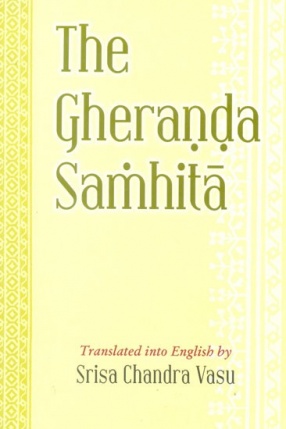
Showing all 13 books

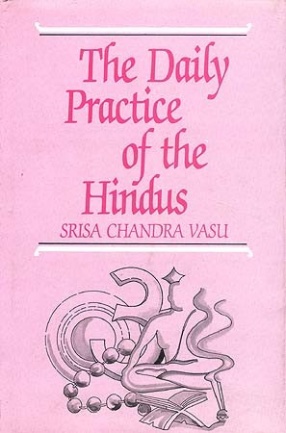
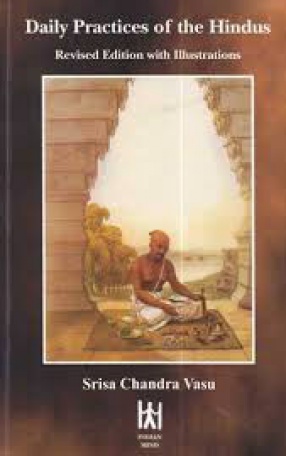

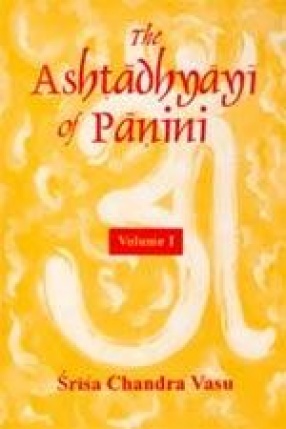
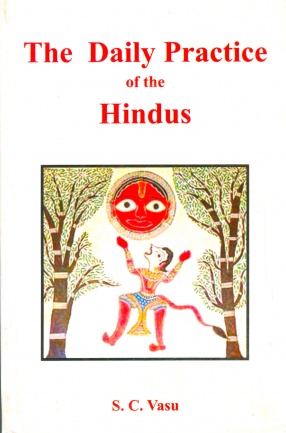
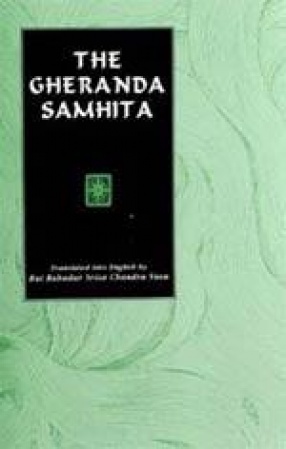
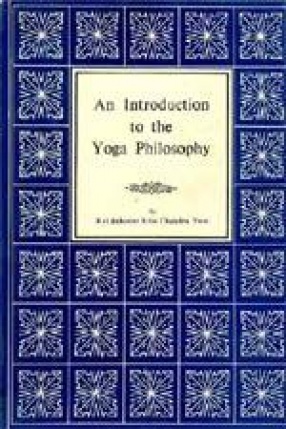
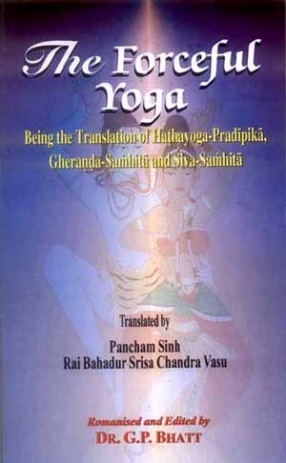
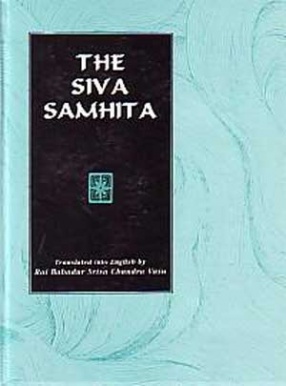
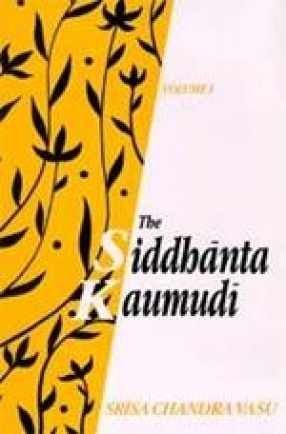

This fine edition of the Gheranda Samhita is a very readable English translation. A seventeenth century classical manual, it speaks of a seven fold yoga and is considered the most detailed of the three classical texts of the Hatha yoga. Gheranda Samhita is a manual of yoga taught by Gheranda to his disciple Chanda Kapali. Unlike other Hatha yoga texts, the Gheranda Samhita speaks of a sevenfold yoga: Shatkarma for purification, Asana for strengthening, Mudra for ...

The Vedas-Rg, Yajur and Sama-have enjoined on the Hindus a number of rites that are to be performed during the succeeding hours of the day. Every moment of one's waking hours, from dawn to dusk, is so taken care of that even if one wishes, there is not a minute to spare for frivolous pursuits. These daily practices have taken cognizance of man's nature-that unless he is compelled by injunction, inducement, circumstances or ambition, he would fritter away his ...

Daily Practice of the Hindus describes in deail all the Vedic rites connected with the morning and mideday duties. The Sanskrit text, its translation provide the assistance for the understanding of the Vedic mantras. The chapters on Tantric and Universal Sandhya liberates the use of this book from its sectarian confinement. In this book both the Vaidiki and Tantriki Sandhyas are given. All twice-born persons are entitled to the first; while the Tantriki is meant ...


The Vedantasutra of Badarayana is one of the great philosophical works of India. It deals with those fundamental questions concerning man’s existence, that still remain an enigma despite all attempts of eminent philosophers and religious leaders both past and present, of this world at unravelling its mysteries. The teachings of the Vedas, the doctrines of contemporary philosophers and the purport of important passages from Upanisads are its subject-matter. It ...

Panini's Ashtadhyayi represents the first attempt in the history of the world to describe and analyse the components of a language on scientific lines. It has not only been universally acclaimed as the first and foremost specimen of Descriptive Grammar but has also been the chief source of inspiration for the linguist engaged in describing languages of different regions. To understand Sanskrit language, and especially that part of it which embodies the ...


Hatha-Yoga is one of the most important forms of Yoga in which attempt is made to attain concentration or Samadhi by purification of the body and physical exercises. The Tantrik Sanskrit text Gheranda Samhita, which is in the form of dialogue between the sage Gheranda and an inquirer Chanda Kapali, teaches Yoga under heads or Sadhanas. The book, containing three hundred and fifty verses, is divided into seven chapters, in each of which are given the directions ...

Rai Bahadur Srisa Chandra Vasu's An Introduction to the Yoga Philosophy is an adumbration of the basic principles underlying this system. It gives a scientific exposition of the Yogic practices and the principles and underlying philosophy of the system, apart from explaining the rather abstruse terms in modern parlance. The book has twelve chapters, of which the first five deal respectively with the importance of Yoga and preliminary remarks, definitions, ...

This book, which is the collection of the three principals sources on the Hathayoga, namely the Hathayoga Pradipika, the Gheranda Samhita and the Siva Samhita, written in the medieval period, is rather the reproduction of the three Sanskrit texts and their revised English translations, originally published by Panini office, Allahabad (1914-15)The Hathayoga or 'Forceful Yoga' which was particularly popularized by Gorakhanatha, a noted thirteenth century ...

The Siva Samhita is a Sanskrit text on yoga enumerating its concepts and cognate principles. In the five chapters are discussed and elaborated the essentials necessary for the practice of yoga, ways of attaining siddhi, the philosophy of existence, importance of yoga, the spirit, maya or illusion, the microcosm, the functions of the body, the principles of pranayama or breathing, asanas or postures, the Kundalini and its awakening, the various forms of yoga, etc. ...

The Siddhanta Kaumudiis a critical and scholarly commentary on the sutras of Panini by Bhattji Diksita, a stalwart grammarian of the Panini system who flourished in the first half of the seventeenth century. The sutras are arranged topic-wise and fully explained with examples and counter-examples. The work is exhaustive, yet not voluminous, difficult yet popular, and critical yet lucid. The work is next in importance to theMahabhasya in the system of Panini and ...
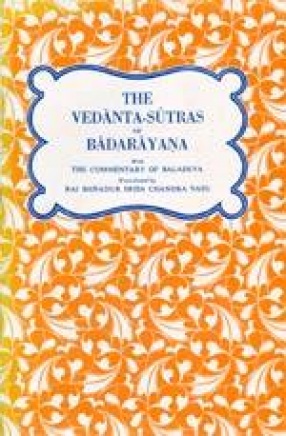
The Vedantasutra of Badarayana is one of the great philosophical works of India. It deals with those fundamental questions concerning man's existence, that still remain an enigma despite all attempts of eminent philosophers and religious leaders both past and present, of this world at unravelling its mysteries. The teachings of the Vedas, the doctrines of contemporary philosophers and the purport of important passages from Upanisads are its subject-matter. It is ...
